Spinach is an amazing cool weather crop that is one of our favorites! It tastes so much better directly from your garden than buying from the grocery store. You will be so impressed just like we were the first time we tried it! Spinach is a staple of our garden in the spring and fall. We eat it nearly every day when it is in season. It is considered to be one of the healthiest foods you can eat, being high in vitamins K, A, B, and C, iron, calcium, and protein. Spinach will bolt (go to seed) whenever it gets too hot and the season can be prolonged by planting it in an area that’s shaded in the afternoon.
How to Grow:
Spinach is grown during the cool seasons. It can be planted 4-6 weeks before your last spring frost and 6 weeks before your first fall frost. You can see specific dates for your location using our FREE iOS, Android, and Universal Web App.
The seeds are planted 1/2 inch deep, 9 per square foot, in full sun to part shade. Take care to notice what plants are around the area as well, see the companion plant section below. Be sure to keep the soil constantly moist and your seeds will sprout within 7-14 days.
Companion Plants:
Companion planting is a vital part of organic gardening. Companion plants assist in the growth of others by attracting beneficial insects, repelling pests, or providing nutrients, shade, or support. There are also plants that do not like being next to each other. Some plants get too tall and can provide too much shade for your plant. Sometimes certain plants attract the same pests, so it is important to try and separate these.
See companion plants for 100+ foods in our FREE iOS, Android, and Universal Web app!
Pests:
Pests can be one of the most difficult challenges you face in the garden. We strive to grow food without the use of pesticide and luckily there are natural solutions for most of these nasty pests! The pests listed below are common ones for spinach:
Learn more about how to manage pests and attract beneficial insects in our FREE iOS, Android, and Universal Web App!
Harvesting:
Spinach is ready to harvest within 50-70 days. You can start to harvest as soon as the plant has at least 5 or 6 leaves. Be sure not to remove more than 1/3 of the plant at a time. Cut from the outer leaves continuously as desired. Small inner leaves will continue to grow and reproduce as long as the weather permits.
Cooking & Eating!
Learn more about growing over 100 different foods, including how to manage various pests in our FREE iOS, Android, or new Universal Web App!
More Posts About Spinach

The Health Benefits of Adding Spinach to Your Diet!
Spinach is known as a superfood! It has a countless amount of amazing health benefits for your body.
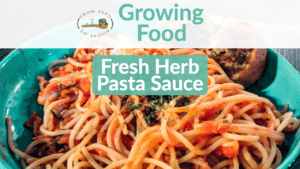
Add Healthy Herbs & Veggies Into Your Pasta Sauce!
Pasta sauce is probably one of the easiest things to sneak in some extra nutrients without your kids noticing! 🙂 We put a plethora of herbs and vegetables into our sauce without our kids even knowing!

Top 5 Plants to Grow To Promote Energy
For those who are looking for an extra boost of energy, eating foods high in thiamin (vitamin B1), vitamin B12, iron, folate/folic acid (vitamin B9), protein, and riboflavin can help to promote energy.
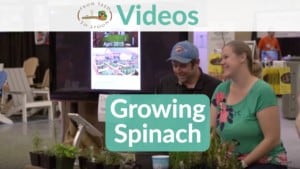
Video: How to Grow Spinach in Your Backyard Garden!
This is a recording of Dale & Carrie talking at the 2019 OKC Home + Outdoor Living Show about how they grow spinach for their family of 6 in their OKC backyard.
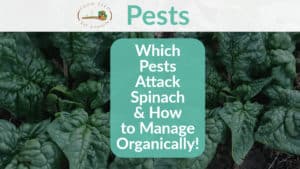
Which Pests Attack Spinach & How to Manage Organically!
Luckily, spinach doesn’t attract many pests and those that it does get are fairly easy to manage!
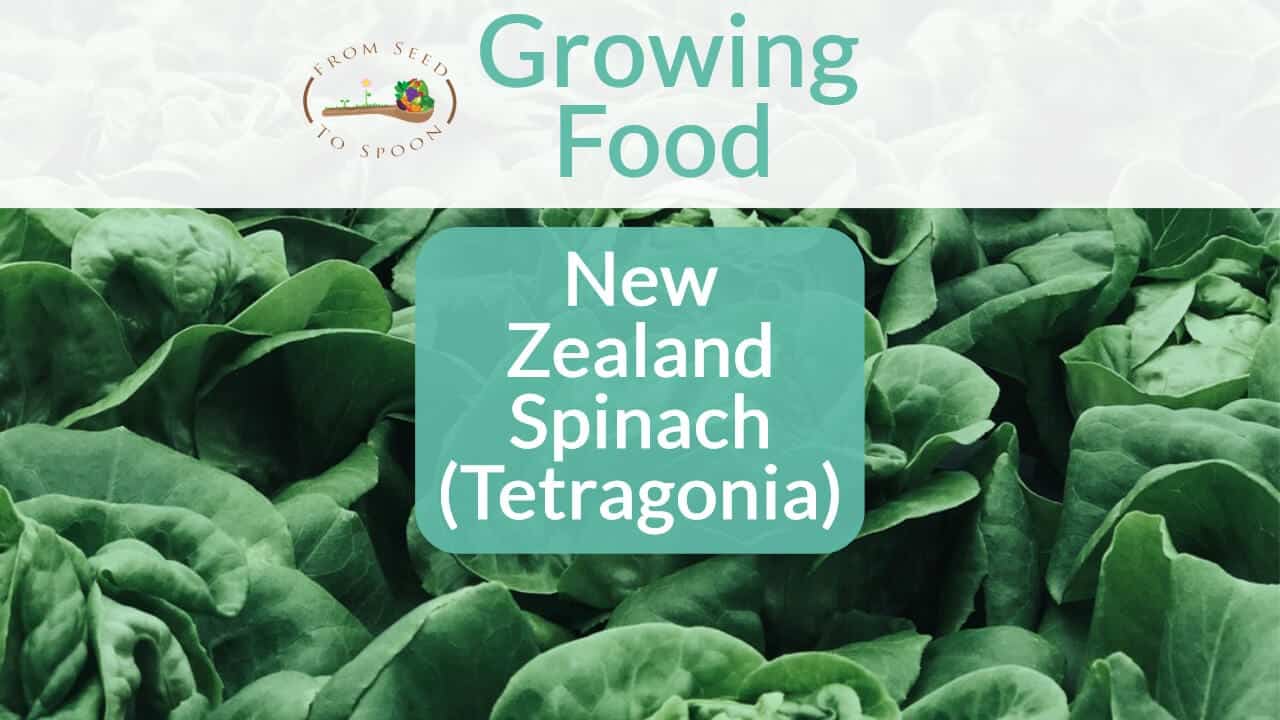
New Zealand Spinach (Tetragonia): How to Grow and When to Plant in Your Backyard Garden!
Tetragonia, better known as “New Zealand Spinach” is a great addition to a summer garden. When spinach and other greens are out of season, New Zealand spinach can step in and take its place in your garden and in your summer salads!

Carrie Spoonemore, co-founder of “From Seed to Spoon,” stands as a beacon of inspiration for gardeners and health enthusiasts alike. Her journey alongside her husband, Dale Spoonemore, in creating a platform that demystifies gardening and promotes a healthier lifestyle, has made a significant impact on individuals around the globe. Through the “From Seed to Spoon” app, Carrie has dedicated herself to empowering people to take control of their health and environment by growing their own food.
With a profound belief in the power of gardening to improve mental and physical health, Carrie’s contributions to the Seed to Spoon blog reflect her holistic approach to wellness. Her articles often focus on the nutritional benefits of homegrown fruits and vegetables, organic gardening practices, and the mental health benefits of spending time in nature. Carrie’s expertise in health science shines through in her detailed discussions on how specific plants can contribute to a balanced diet and overall well-being.
Carrie’s passion for gardening is deeply intertwined with her commitment to family and community wellness. She frequently shares personal stories of how gardening has brought her family closer together, offering practical tips for involving children in gardening activities and making it a fun, educational experience. Her writing encourages families to explore gardening as a means of spending quality time together while learning about nature and sustainability.
In addition to gardening advice, Carrie’s contributions to the blog include insights into the use of technology to enhance the gardening experience. She has played a crucial role in designing the “From Seed to Spoon” app to be user-friendly, ensuring that users of all ages and backgrounds can navigate the complexities of gardening with ease. Her vision for the app is not just as a gardening tool but as a vehicle for change, inspiring individuals to adopt a more sustainable lifestyle by growing their own food.
Carrie Spoonemore’s presence on the blog is marked by her compassionate approach to teaching and her unwavering belief in the transformative power of gardening. Her work continues to inspire a community of gardeners to pursue a healthier, more sustainable way of living, proving that with the right tools and knowledge, anyone can become a gardener and advocate for their health and the planet.

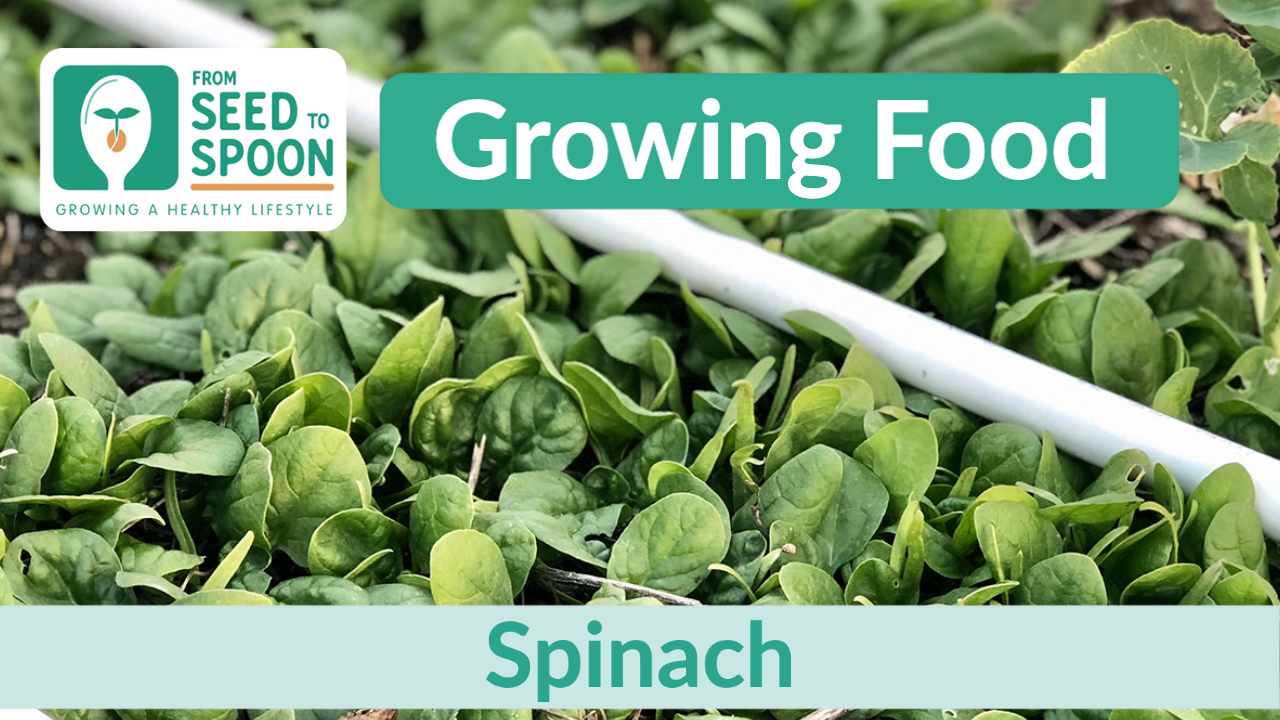
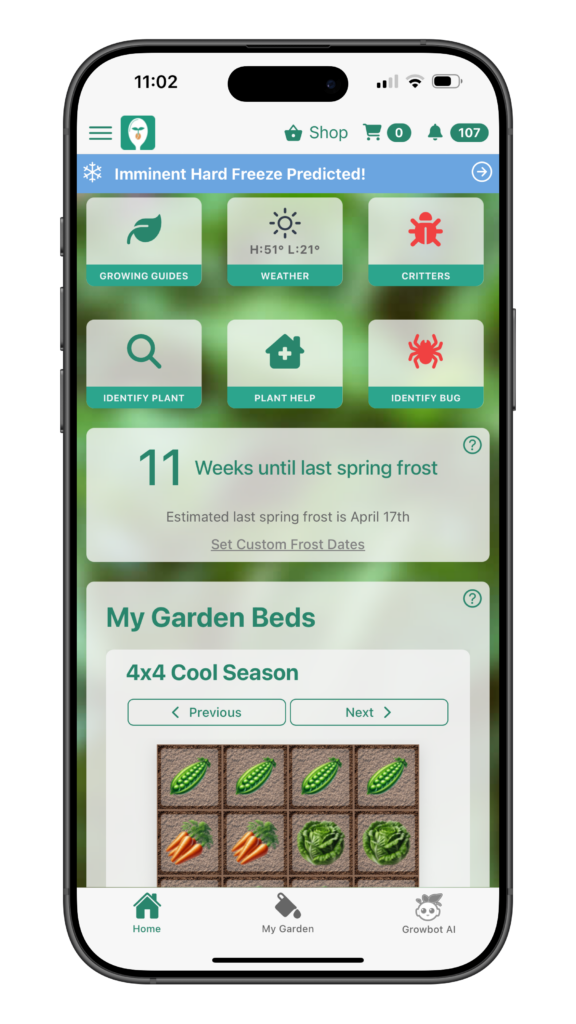

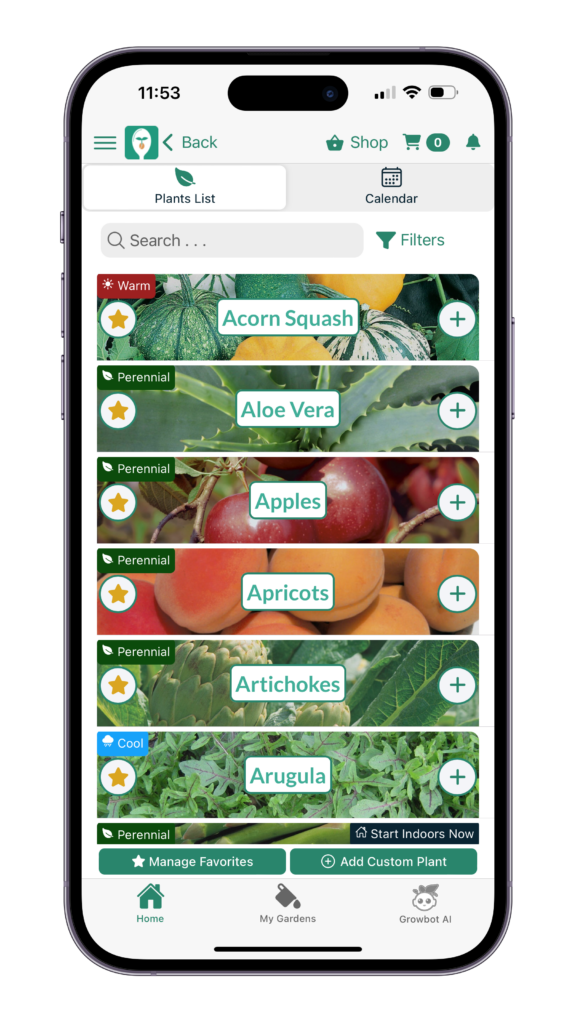




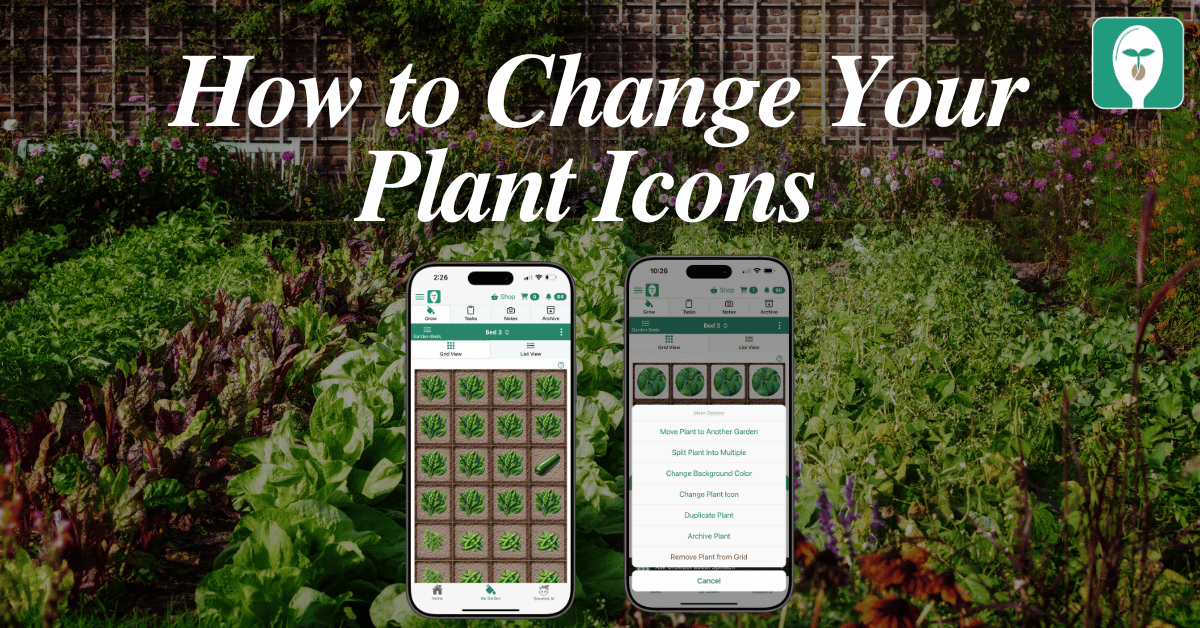
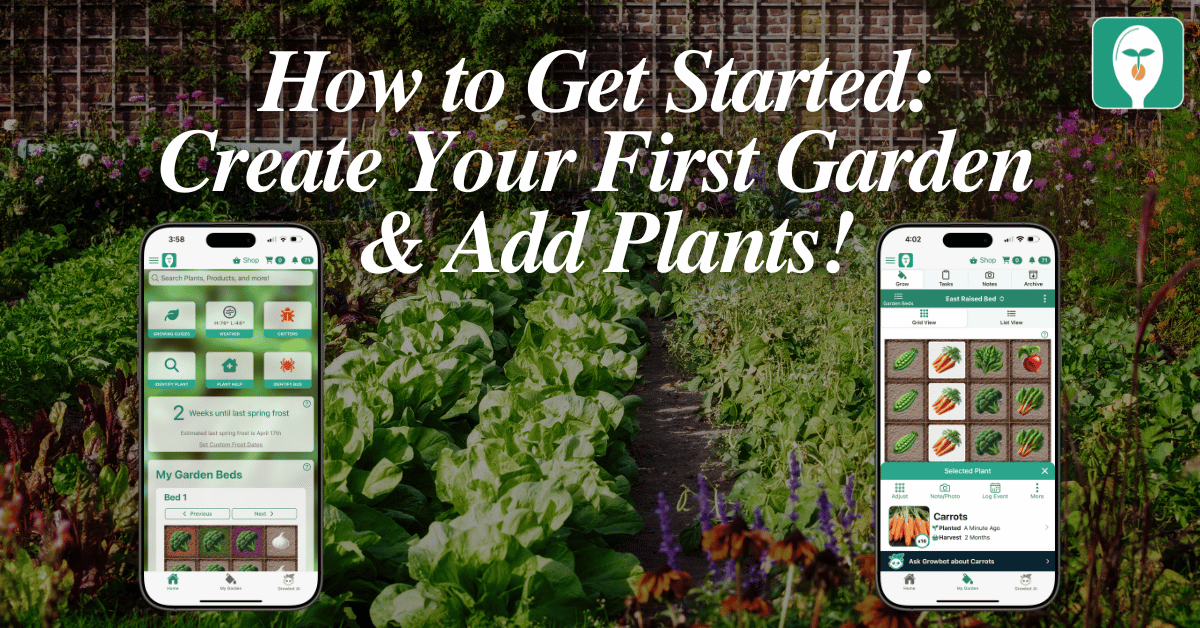

10 thoughts on “Spinach: How to Grow and When to Plant in Your Backyard or Patio Garden!”